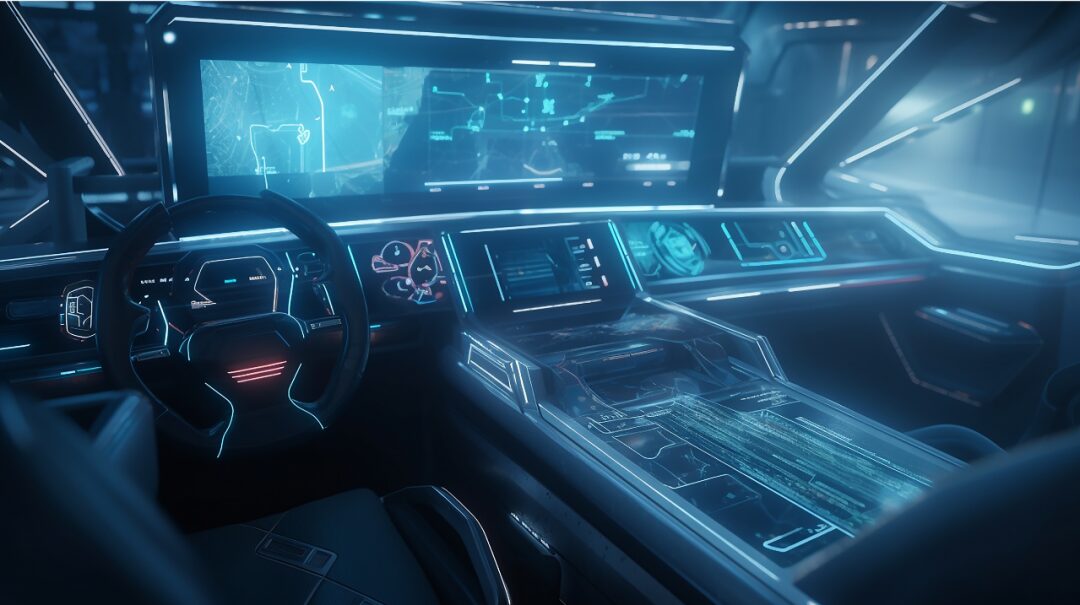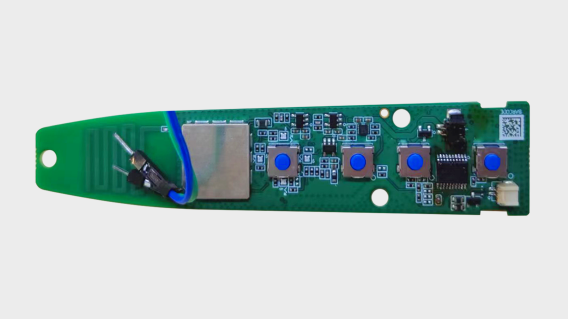The in-vehicle entertainment system, as the name suggests, originally aimed to provide entertainment experiences for drivers and passengers. However, with the advent of the smart cockpit era, the in-vehicle information and entertainment system has become a crucial medium for “human-vehicle-environment” interaction, serving as the center for tasks other than driving.
Functionally, the in-vehicle entertainment system integrates essential features such as radio, multimedia entertainment, audio-video communication, and vehicle control. In the foreseeable future, the richness of content and functionality of the in-vehicle entertainment system will rival that of personal smartphones, computers, and tablets, becoming another smart internet terminal.
Optimizing In-Vehicle Entertainment System with HK32AUTO39A
The complexity of the entire in-vehicle entertainment system is extremely high, and the performance of the main processor significantly affects the system’s operating speed. When selecting such main control chips, attention must be paid to reducing design vulnerabilities and avoiding resource waste to effectively control costs.
Hangsung Automotive Grade SoC HK32AUTO39A family boasts advantages such as stability, reliability, exceptional performance, and ultra-high cost-effectiveness, successfully entering the mainstream MCU supply chain for in-vehicle entertainment systems in new energy vehicles. The HK32AUTO39A family uses a high-performance ARM Cortex-M3/M0 core and the latest process technology, featuring a high-speed cache bus and up to 512K FLASH and 96K SRAM, providing robust support for code processing and computational capability.
The HK32AUTO39A is equipped with a CAN controller, which can connect to the CAN communication bus through an external CAN transceiver, enabling information exchange with other ECUs. Additionally, the HK32AUTO39A has a rich peripheral configuration.
The HK32AUTO39A-3A has passed strict AEC-Q100 reliability and safety certification, and its product quality meets the zero defect supply chain quality management standard ISO/IATF 16949. This year, Hangsung chips have also achieved the highest level of automotive functional safety ISO26262 ASIL-D certification process. Furthermore, the product supports an operating temperature range of -40℃ to 125℃, with a design life of 15 years.
Seize the Opportunity to Innovate and Strive Towards the Future
As intelligent driving gradually becomes widespread, the in-vehicle system screens will not only serve as displays for information and entertainment content but will also take on more functions related to intelligent driving. It is expected that by 2025, sales of L2 and above intelligent vehicles in China will exceed ten million units, accounting for 49.3% of total vehicle sales in China (source: Auto Home Research Institute).
In this major trend, Hangsung chips deeply understand the needs of OEMs for in-vehicle entertainment systems, enhancing product definition and design foresight, while leveraging its own algorithm and software technology accumulation and understanding to supply OEMs with more cost-effective in-vehicle entertainment system SoCs, helping OEMs achieve more efficient functional development.
Hangsung HK32AUTO39A, the King of Cost-Effectiveness, the Preferred SoC for Body Domain and Cockpit Domain
Breaking News! Hangsung Chip HK32AUTO39A Family Passes AEC-Q100 Grade 1 Reliability Certification
Hangsung Chip Automotive Grade MCU Rapid Expansion, Accelerating Layout for High-End Automotive Applications






